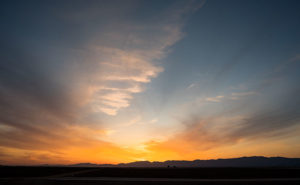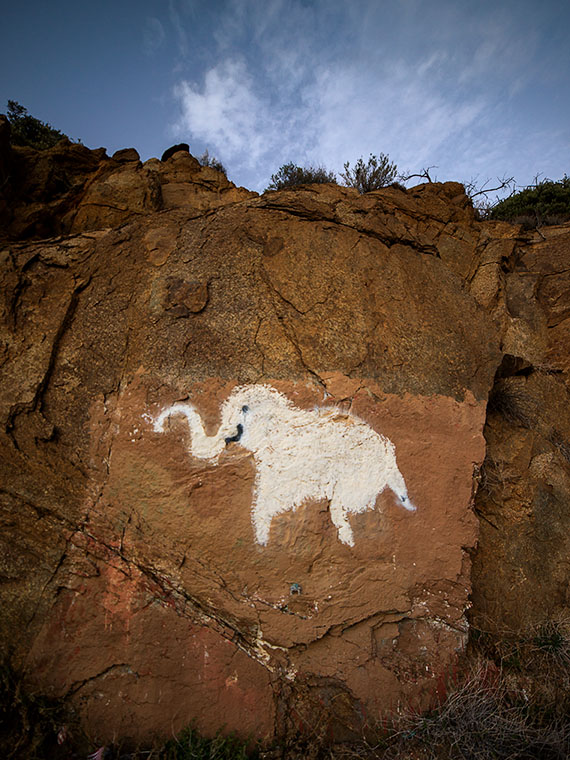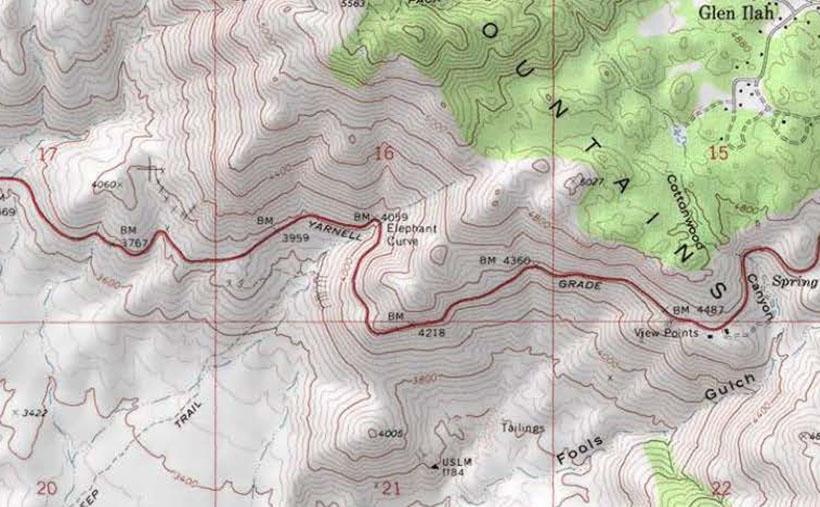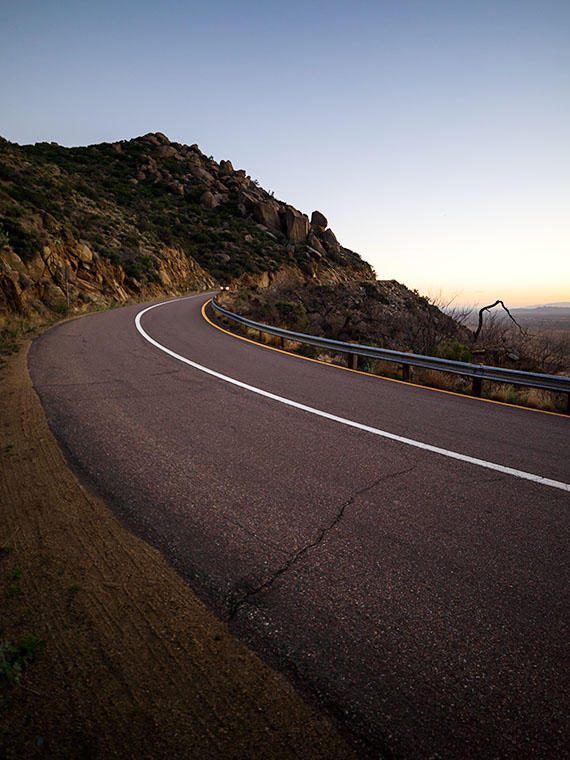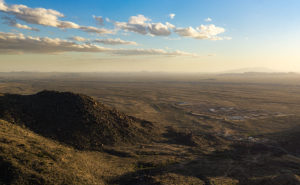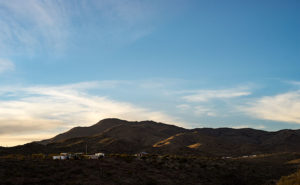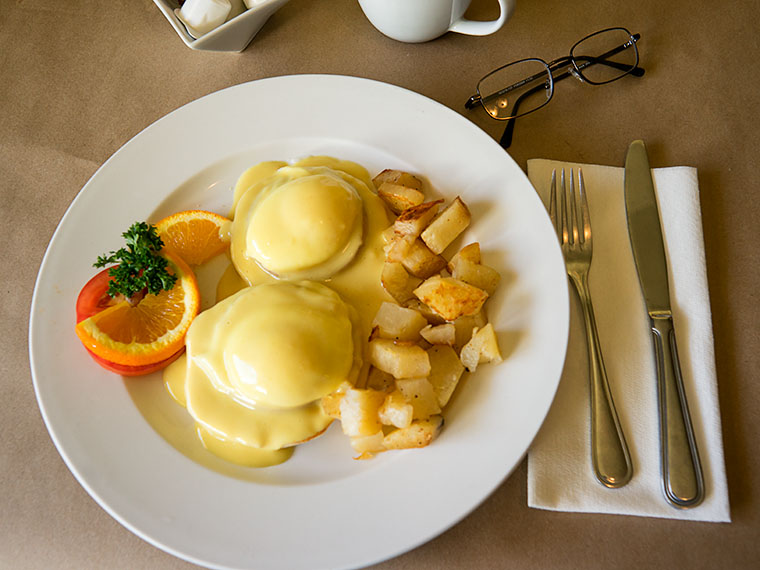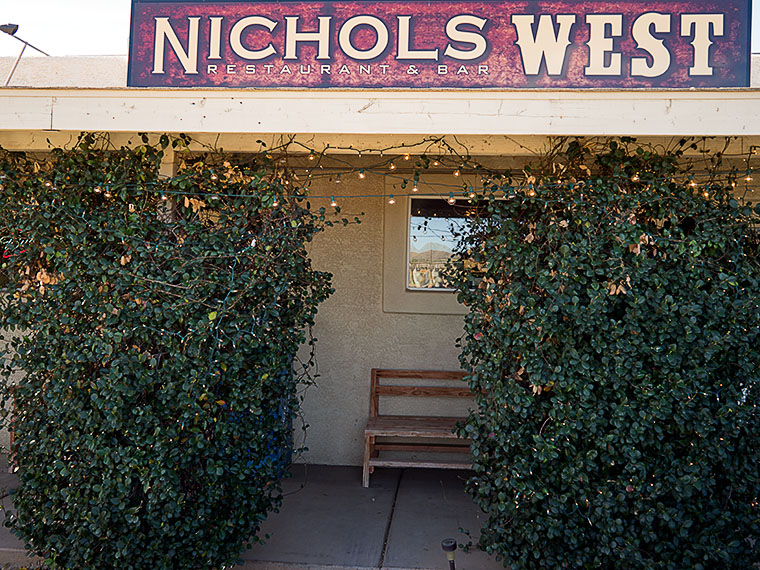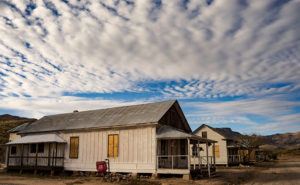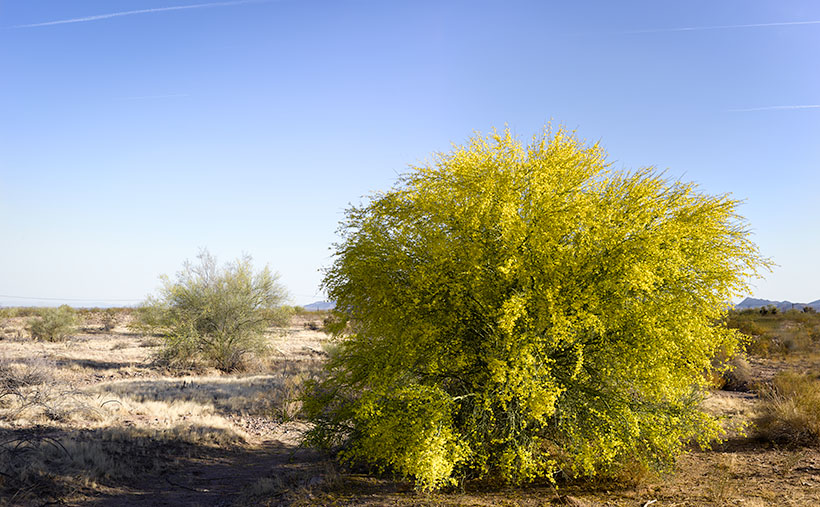
The Palo Verde are in bloom. Spring in the Sonoran Desert is at its pinnacle. It’s sort of like the finale at a fireworks show and when the desert is the best. In wet years—like last year—the wildflowers carpet the floor with cacti sprouting surreal and almost garish flowers soon after. Then, starting in the lowlands, the native Palo Verde turn yellow in a succession that works its way to higher elevations, like a Technicolor wave. Finally, the giant saguaro put out dinner-plate sized white flowers at their arm tops.
There are, of course, other signs of spring around us. Male doves try to attract a mate by cooing from perches then furiously flapping into the sky as high possible before they stall and glide back to their starting place. I suppose it’s their equivalent of doing push-ups to impress the girls. Queen Anne and I spot more quail while on our morning bike ride. Soon the adults will be shepherding multi dozen covey of chicks from one shrub to the next. Other birds like the Cardinals, Cooper Hawks, and Turkey Buzzards have returned from their winter retreats. Sex is in the air and I might as well break out my copy of Stravinsky’s Rite of Spring as a soundtrack.
Here at Uncle Ernie’s Holiday Camp another spring ritual has begun. Each day, another fifth-wheel or motorhome pulls out of the park and begins a journey north. Our friends and neighbors are leaving for their seasonal excursions or summer homes which are beginning to emerge from snow banks. Pretty soon our neighborhood will be empty again with only a few of us hearty souls standing guard.
Although Anne and I don’t have a Montana home, even we’ve put pennies aside to escape the heat that comes after all of this desert beauty dries and shrivels up. This is a travel photography blog after all and—like last year—I want to report of some exotic far-off land. This year, our Shangri-La is … Utah (I know, I know. You don’t have to rub it in).
We’re going to make camp in a valley somewhere between the high plateaus that flank U.S. Highway 89. It’s been a while since I’ve photographed Utah and with several National Parks located within a day’s drive, I’ll be building on my projects. Equally important is that I will be able to blog about our adventures just like we did on past trips. We haven’t settled on where, when or exactly how long we will be on the road, but we have a couple of months to work that all out. Until then, we need to scrape the dust off the Ritz, buy fresh linens, and maybe even fix the microwave.
Since it’s travel season again, and we will only be on the road part-time, I’m going to open the blog for guest posts as I did last year. We had a positive response from those articles and they provided interesting content. So, if you’re out on the road, here’s your chance to share your stories and photos with our readers. Let me know if you’re interested and I’ll send off some guidance.
Until next time — jw

